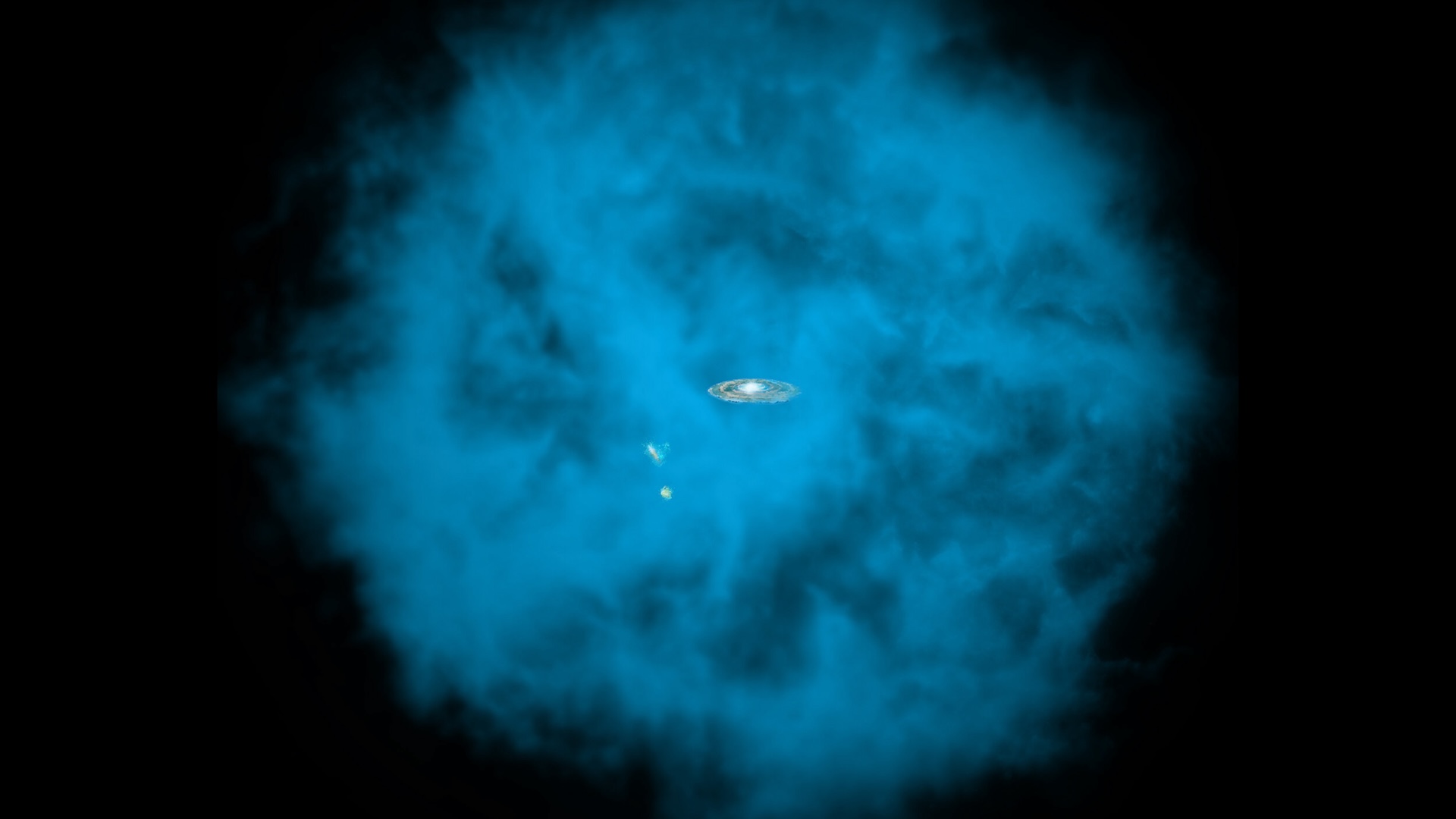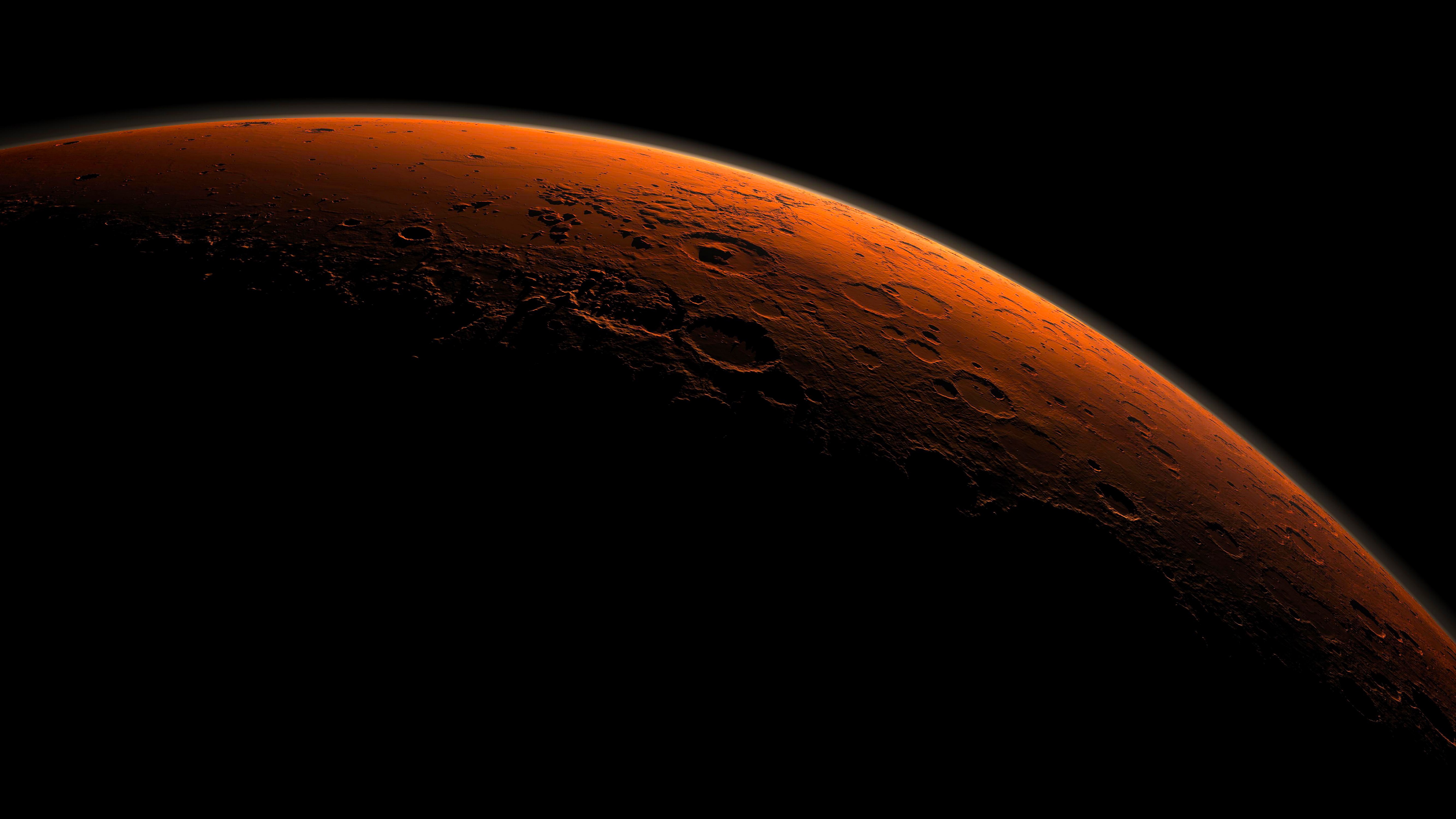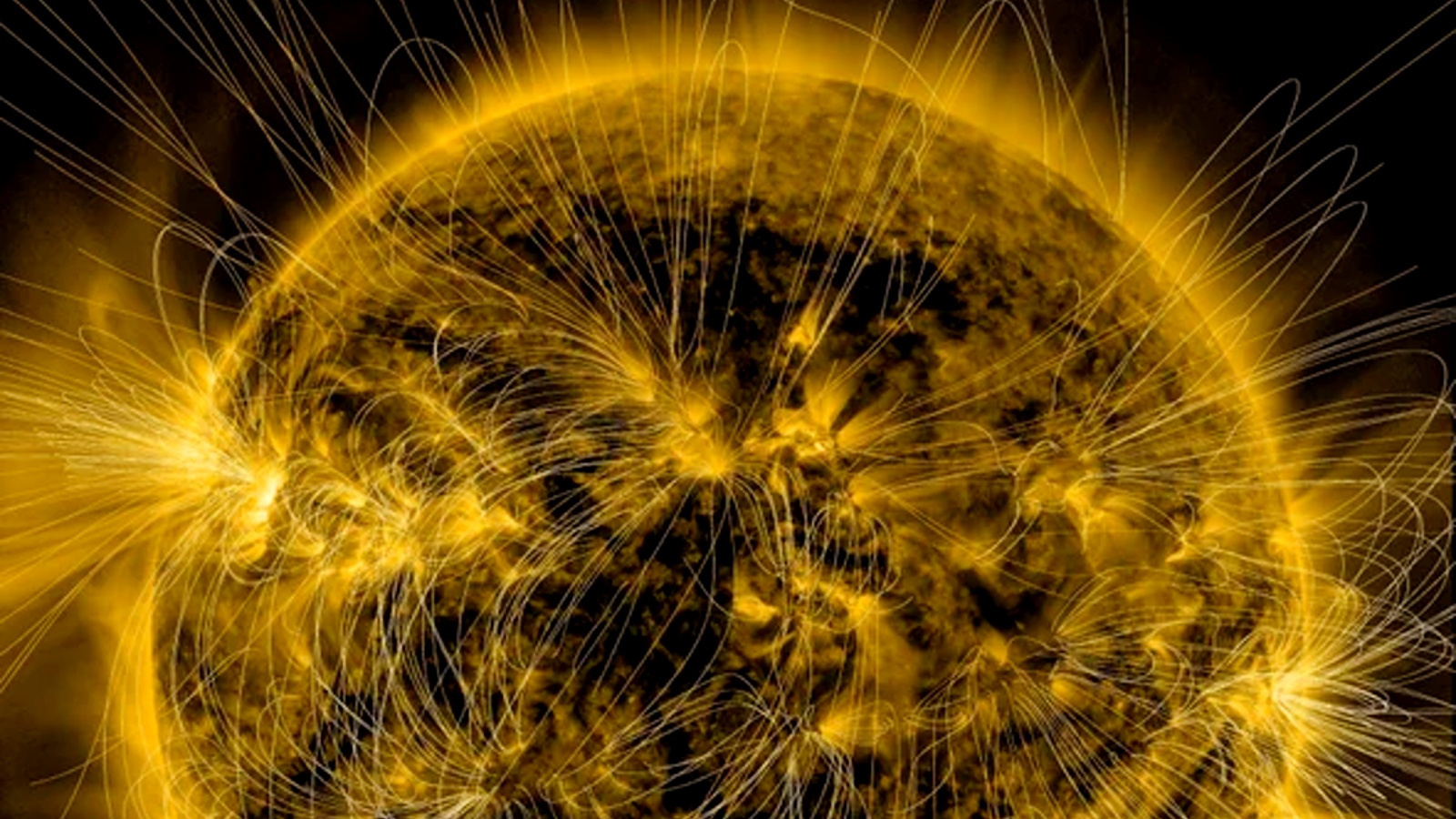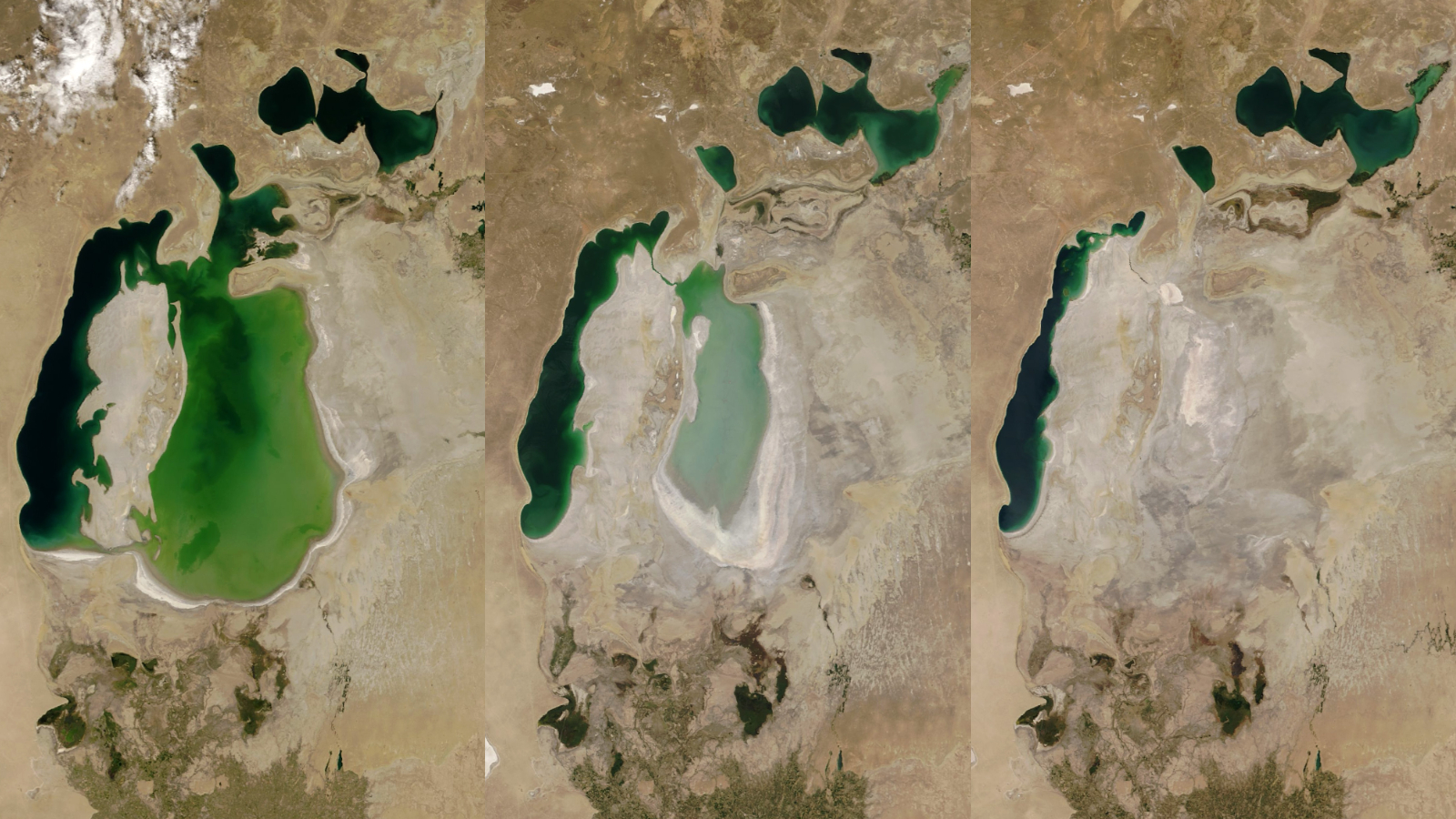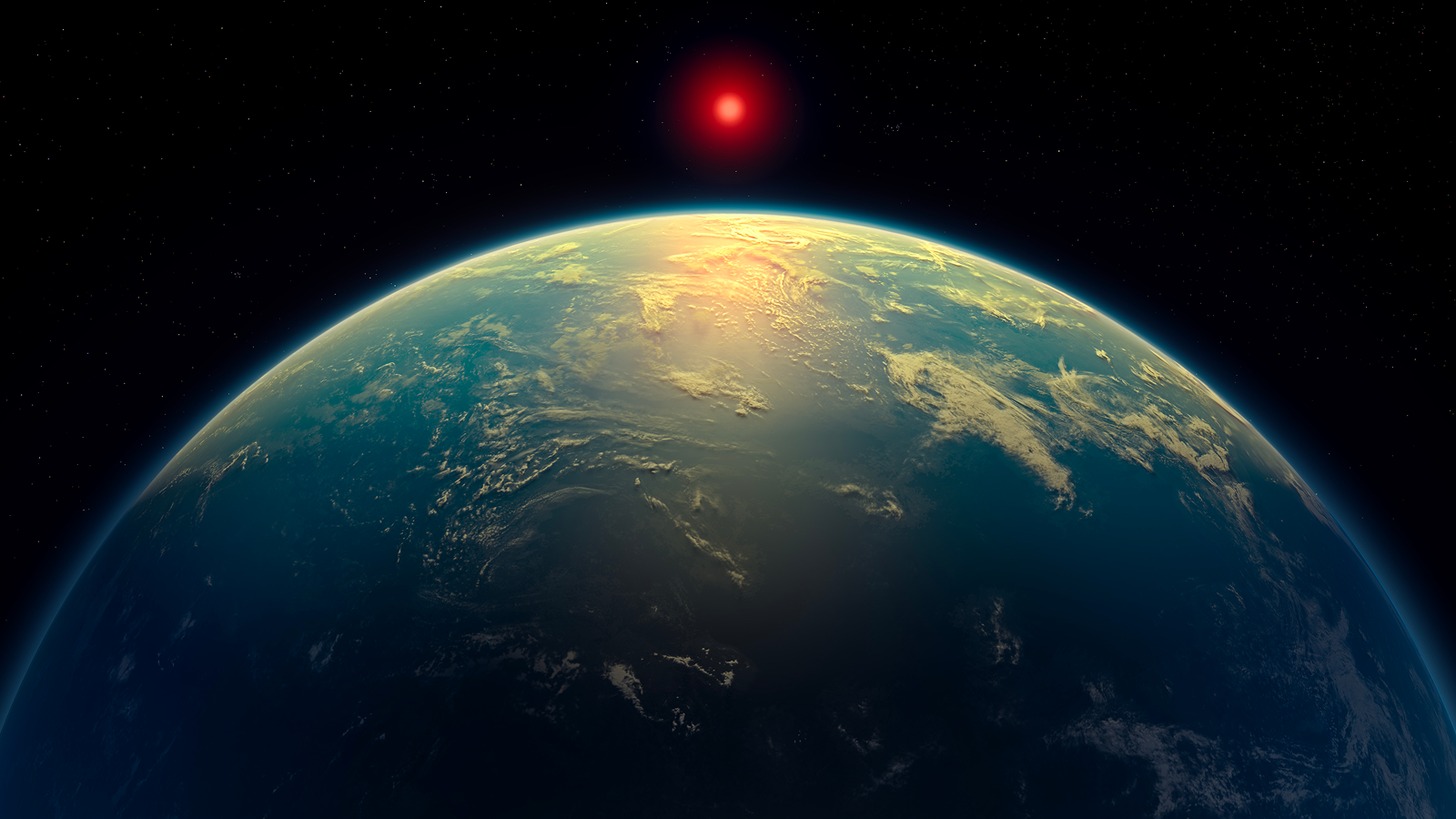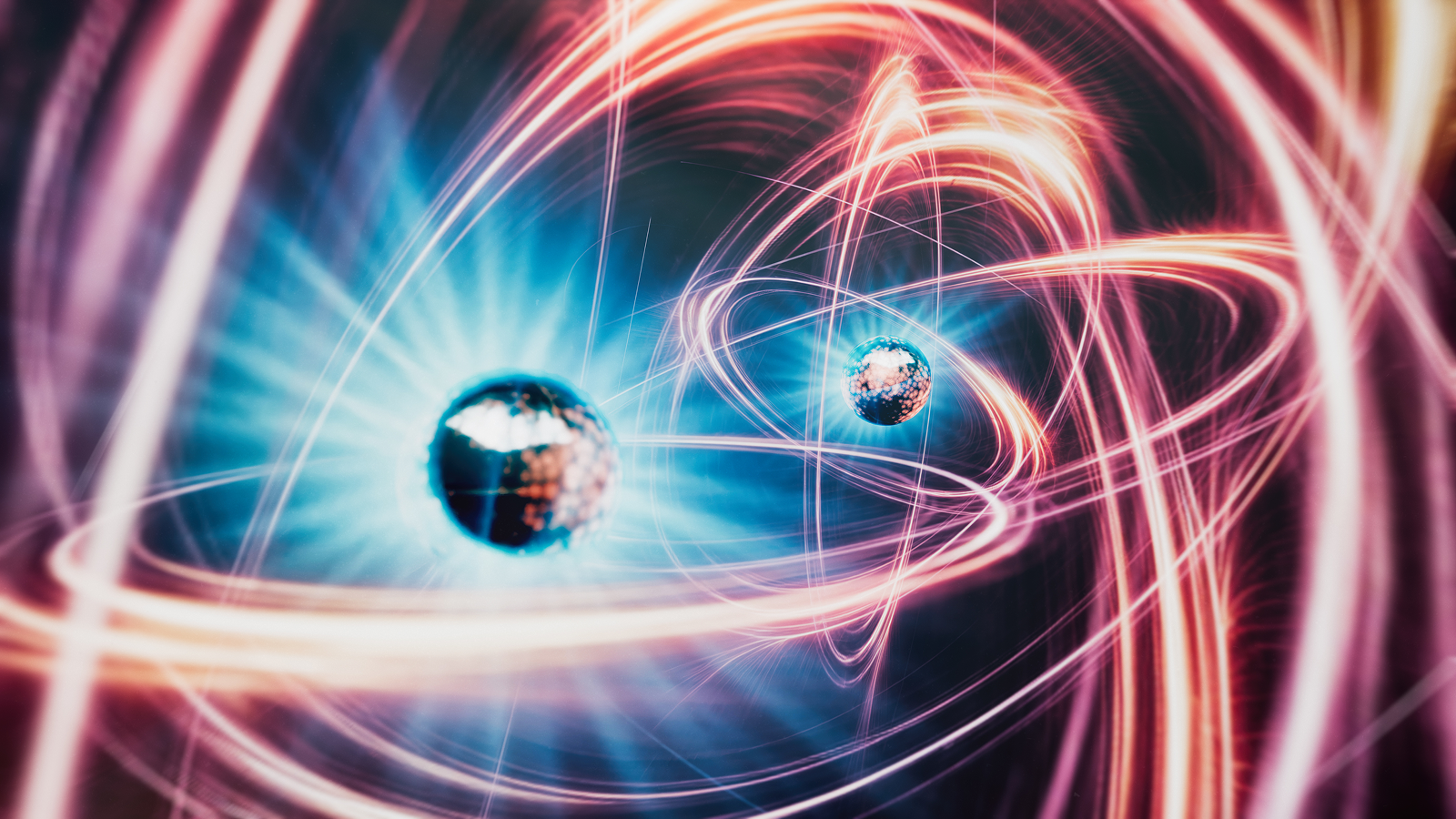Mysterious, ultra low-frequency noises detected in Earth's atmosphere — and scientists can't explain them
Solar-powered balloons detected strange rumblings at a height of 70,000 feet above the Earth's surface. Scientists can't identify them.

Solar-powered balloons launched into the Earth's stratosphere have recorded a series of mysterious rumblings, and scientists can't pinpoint their origins.
The noises, detected by specialized instruments at 70,000 feet above the Earth's surface, are known as infrasound because they are so low-pitched they are inaudible to human ears. Picked out from among a wash of hidden low-frequency sounds — including thunder, ocean waves, rocket launches, cities, wind turbines and even planes, trains and automobiles — the strange infrasounds have so far defied explanation.
"[In the stratosphere,] there are mysterious infrasound signals that occur a few times per hour on some flights, but the source of these is completely unknown," lead investigator Daniel Bowman, a senior scientist at Sandia National Laboratories in New Mexico, said in a statement.
Related: Massive 'proton aurora' blasted a 250-mile-wide hole in Earth's ozone layer
Beginning around 9 miles (14.5 km) above the Earth's surface and extending upwards to a height of roughly 31 miles (50 km), the stratosphere is the layer of atmosphere above our own. Filled with ultraviolet-blocking ozone, the stratosphere is a calm place, with little turbulence. The majority of sounds at this altitude originate from ultra low-frequency reverberations from the Earth's surface.
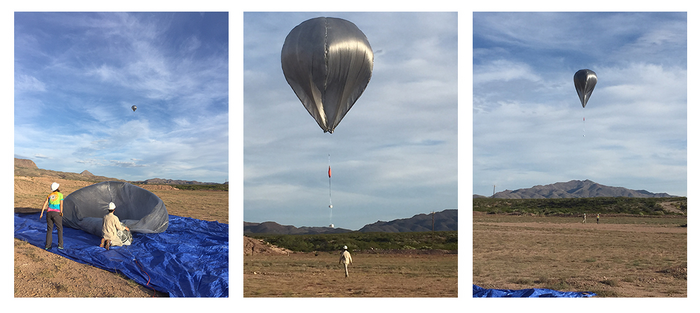
Scientists and amateur investigators have been sending balloons to the stratosphere since the 1890s. One of the first microphonic balloon experiments — the top secret military experiment Project Mogul designed to detect sounds from Soviet atomic bomb tests in the late 1940s — crash-landed in Roswell, New Mexico in 1947, leading to a cover-up that inspired UFO conspiracy theories to this day.
To sample the stratosphere's soundscape, Bowman and his colleagues built a series of 23-foot-wide (7 meters) plastic balloons, fastening them with infrasound sensors called microbarometers and adding charcoal powder. The darkening property of charcoal allows sunlight to heat air inside the balloon, making the balloons float.
Sign up for the Live Science daily newsletter now
Get the world’s most fascinating discoveries delivered straight to your inbox.
"Our balloons are basically giant plastic bags with some charcoal dust on the inside to make them dark. We build them using painter's plastic from the hardware store, shipping tape, and charcoal powder from pyrotechnic supply stores," Bowman said. "When the sun shines on the dark balloons, the air inside heats up and becomes buoyant. This passive solar power is enough to bring the balloons from the surface to over 20 km (66,000 ft) in the sky."
Beginning with their first balloon release in 2016, the researchers sent 50 balloons into the sky to sample the stratosphere's low booms and rumbles. The researchers initially set about recording the sounds from volcanic eruptions, but studied the other sounds they picked up too, tracking their balloons across flight paths of hundreds of miles using GPS.
It was during these flights that the researchers picked up the sounds — low, recurring rumbles whose signals could not be traced. The scientists have a few ideas for what these mysterious noises could be, and they range from a previously undetected form of atmospheric turbulence to echoes from below that have become garbled beyond recognition.
The researchers say they will continue to investigate the sounds in the stratosphere, tracing more sounds to their origin points and studying their variability across seasons and different regions of the world.
The researchers presented their findings May 11 at the 184th meeting of the Acoustical Society of America in Chicago.

Ben Turner is a U.K. based staff writer at Live Science. He covers physics and astronomy, among other topics like tech and climate change. He graduated from University College London with a degree in particle physics before training as a journalist. When he's not writing, Ben enjoys reading literature, playing the guitar and embarrassing himself with chess.
